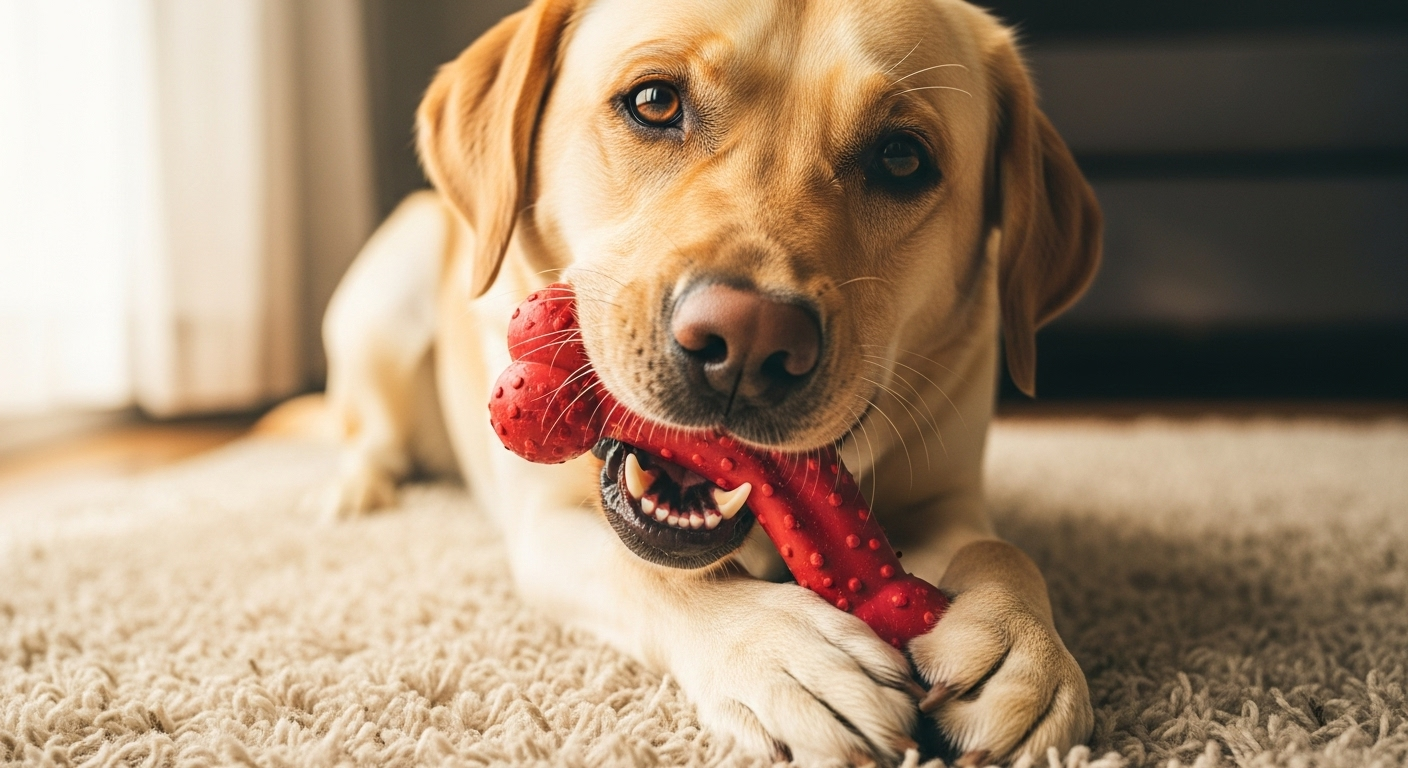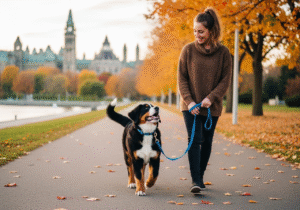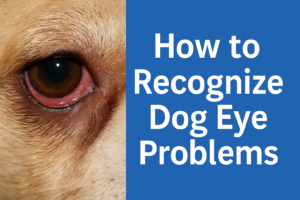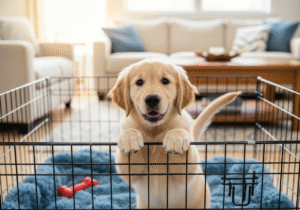Why Do Dogs Chew? A Vet’s Guide to Destructive Chewing
MEDICAL DISCLAIMER: This article is for informational purposes only and does not constitute medical advice. If you are concerned about your dog’s health or destructive chewing, please consult a licensed veterinarian or a certified veterinary behaviourist.
That feeling is sharp and specific: you walk into a room to find your favourite running shoes shredded, a sofa cushion disembowelled, or the leg of a cherished wooden chair gnawed into splinters. It’s a moment of pure frustration. But before you label your dog a delinquent, let’s reframe the scene. That destruction isn’t malice; it’s communication. Your dog is trying to tell you something important.
From my years in clinical practice, I’ve seen firsthand how destructive chewing is one of the most common and misunderstood behaviours. It’s a natural drive gone awry, often rooted in everything from teething pain and boredom to profound anxiety. The key isn’t just to stop the behaviour, but to understand the why behind it. This guide will help you decode your dog’s actions and give you the tools to manage destructive chewing effectively and compassionately.
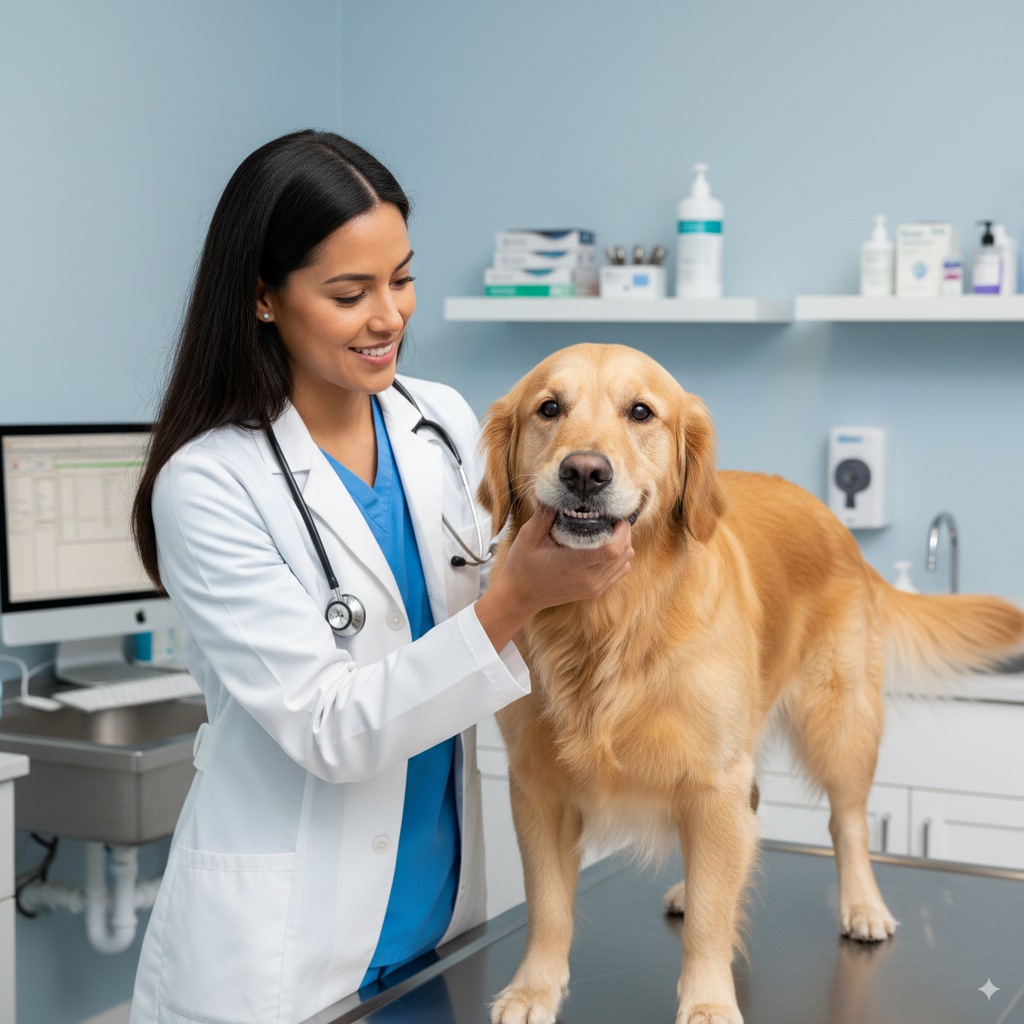
Table of Contents
Key Takeaways
- Chewing is Normal, Destruction is Not: All dogs chew to explore, play, and keep their teeth clean. Destructive chewing occurs when this normal behaviour is directed at inappropriate items, often due to an unmet need.
- Identify the Cause: The five most common triggers for destructive chewing are puppy teething, boredom, stress or separation anxiety, pent-up energy, and underlying medical problems. Solving the issue starts with identifying the root cause.
- Management Over Punishment: Yelling or punishing a dog for destructive chewing is often ineffective and can increase anxiety, making the problem worse. The solution lies in management, training, and enrichment.
- Enrichment is Essential: Providing appropriate outlets like puzzle toys and safe, long-lasting chews can significantly reduce unwanted chewing. A 2023 study found that long-lasting chews can even promote positive emotional states in dogs.
- When in Doubt, See a Vet: Sudden or severe destructive chewing can be a sign of a medical issue. A veterinary check-up is crucial to rule out dental pain, nutritional deficiencies, or other health problems.
Why Destructive Chewing Happens: 5 Common Causes
Understanding the motivation behind destructive chewing is the first step toward resolving it. While it may look like a simple bad habit, it’s often a complex symptom of a deeper issue. As a veterinarian working with small animals, I encourage owners to think like detectives. Let’s examine the most common culprits.
Cause 1: Normal Teething and Exploration
For puppies, the world is a playground to be explored, and their primary tool for exploration is their mouth. Between three and six months of age, puppies lose their baby teeth and their adult teeth emerge, a process that can be uncomfortable. Chewing provides soothing relief for their sore gums. During this stage, destructive chewing is often a matter of opportunity; the difference between a table leg and a chew toy is one they need to be taught. Adult dogs also chew to maintain jaw strength and dental health, making it a lifelong, natural behaviour that requires positive guidance.
Cause 2: Boredom and Lack of Mental Stimulation
Imagine being left in a quiet house for eight hours with nothing to do. You’d probably get restless, too. Dogs are intelligent animals that need mental exercise just as much as physical activity. When they lack sufficient stimulation, they invent their own jobs, and sometimes that job becomes redecorating your living room with fluff. Destructive chewing is a classic sign of a bored dog. Providing enrichment, such as puzzle feeders and interactive games, channels their brainpower into appropriate activities, preventing them from finding less desirable outlets for their energy.
Cause 3: Stress, Separation Anxiety, and Fear
Destructive chewing is one of the most frequent symptoms of separation anxiety. For a dog suffering from anxiety, chewing can be a self-soothing mechanism, much like a person might bite their nails. The chewing often focuses on items that smell strongly of the owner, like shoes or clothing, or on points of exit, like doorframes and windowsills. This type of destructive chewing is typically accompanied by other signs of distress, such as whining, pacing, or house soiling when left alone. It’s not a behavioural choice but an emotional crisis that requires careful management and, often, professional help.
Cause 4: Arousal, Frustration, and Pent-Up Energy
Sometimes, destructive chewing isn’t born from anxiety, but from an overabundance of energy or excitement. A dog that doesn’t get enough physical exercise may use chewing as an outlet for its pent-up energy. This can also be triggered by high-arousal situations. For instance, some research has noted that inappropriate chewing may temporarily increase after intense, exciting play with another dog, suggesting it can be a way for a dog to decompress. If a dog is frustrated by a barrier or a lack of attention, it might redirect that frustration into destructive chewing.
Cause 5: Underlying Medical and Dental Issues
Before assuming a behavioural cause, it’s critical to rule out medical problems. In my veterinary experience, a sudden onset of destructive chewing in an adult dog warrants an immediate check-up. Dental issues like a fractured tooth, gum disease, or an abscess can cause significant pain, and the dog may chew to try to alleviate the discomfort. Gastrointestinal issues can sometimes lead to pica, a condition where dogs eat non-food items. In rare cases, nutritional deficiencies might also contribute to unusual chewing behaviours. Never underestimate the possibility that the problem starts with your dog’s physical health
5 Essential Steps to Manage Destructive Chewing
Once you have a better idea of what’s driving your dog’s behaviour, you can implement a clear, consistent, and compassionate management plan. The goal is not to stop the chewing entirely, but to redirect that natural impulse onto appropriate items. This approach solves the problem of destructive chewing while honouring your dog’s innate needs.
Step 1: Provide a Safe and Enticing Chew Toy Rotation
The cornerstone of managing destructive chewing is providing a better alternative. Simply offering one or two toys is often not enough.
- High-Value Chews: Invest in a variety of veterinarian-approved chew toys. Food-dispensing toys, like rubber cones stuffed with frozen peanut butter or kibble, are particularly effective. Research from 2023 showed that long-lasting food-based chews can create positive emotional states in dogs left alone, directly combating the stress that fuels destructive chewing.
- Rotate and Refresh: Keep a stash of toys and rotate them every few days. A toy that has been hidden for a week can feel brand new and exciting, which helps maintain your dog’s interest and keeps them focused on what they are allowed to chew.
- Safety First: Choose toys appropriate for your dog’s size and chewing style. Avoid items that are hard enough to fracture teeth—a common rule of thumb is that if you can’t indent it with your thumbnail, it may be too hard. The safety and properties of chew materials are critical to prevent dental damage or ingestion.
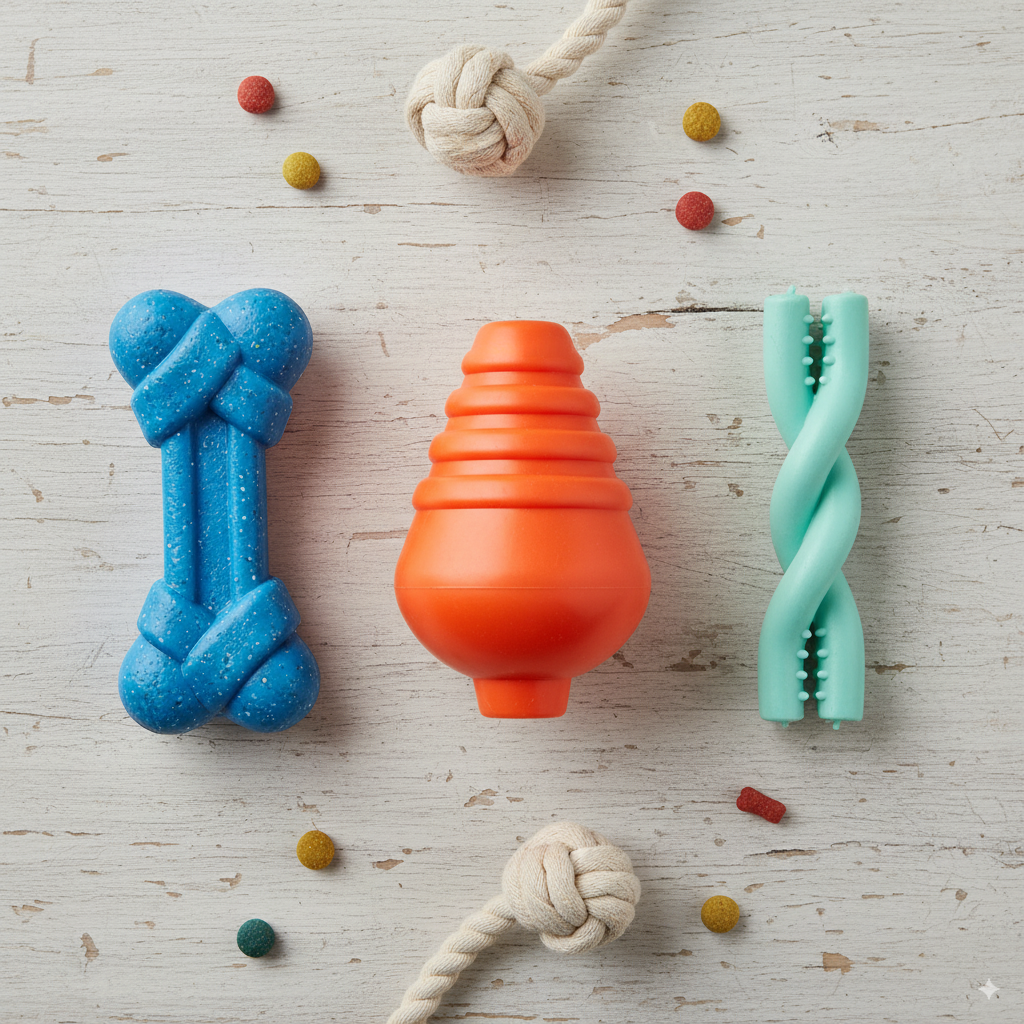
Step 2: Boost Daily Enrichment and Physical Exercise
A tired and mentally engaged dog is far less likely to engage in destructive chewing.
- Physical Activity: Ensure your dog gets enough breed-appropriate exercise every day. This means more than just a walk around the block. Games of fetch, hiking, or swimming can help burn off the excess energy that often fuels destructive behaviours.
- Mental Workouts: Environmental enrichment is crucial for a dog’s well-being. Activities like puzzle feeders, snuffle mats, and short, positive training sessions provide mental stimulation that can curb boredom-related destructive chewing.
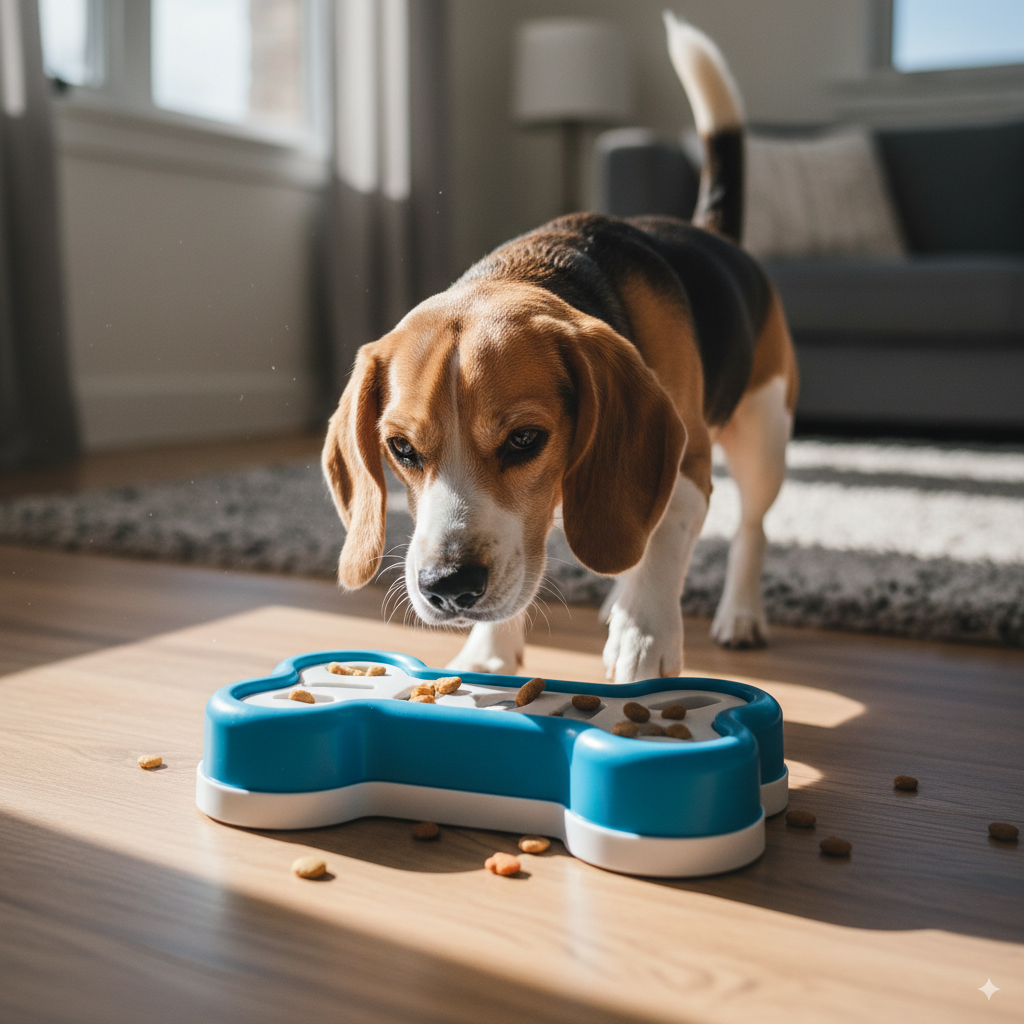
Step 3: Use Positive Reinforcement to Teach Good Choices
Your dog needs to learn what to chew, not just what not to chew.
- Interrupt and Redirect: If you catch your dog chewing something inappropriate, make a calm sound to interrupt them, like a clap or a neutral “uh-oh.” Immediately take the item away and replace it with an exciting chew toy. When they engage with the toy, praise them enthusiastically.
- Reward Good Behaviour: Actively look for moments when your dog chooses an appropriate toy and reward them for it. This positive association makes the toy far more appealing than the forbidden chair leg. Punishment, in contrast, can create fear and anxiety, often making destructive chewing worse.
Step 4: Create a Safe, Dog-Proof Environment
Management is about setting your dog up for success. While your dog is learning, it’s essential to control their environment to prevent the rehearsal of bad habits.
- Dog-Proof Your Home: Put away shoes, remote controls, and other tempting items. Use cord concealers for electrical wires.
- Use Crates and Gates: When you can’t supervise your dog, use a crate or baby gates to confine them to a safe, dog-proofed area with plenty of appropriate chew toys and fresh water. This prevents destructive chewing from happening in the first place.
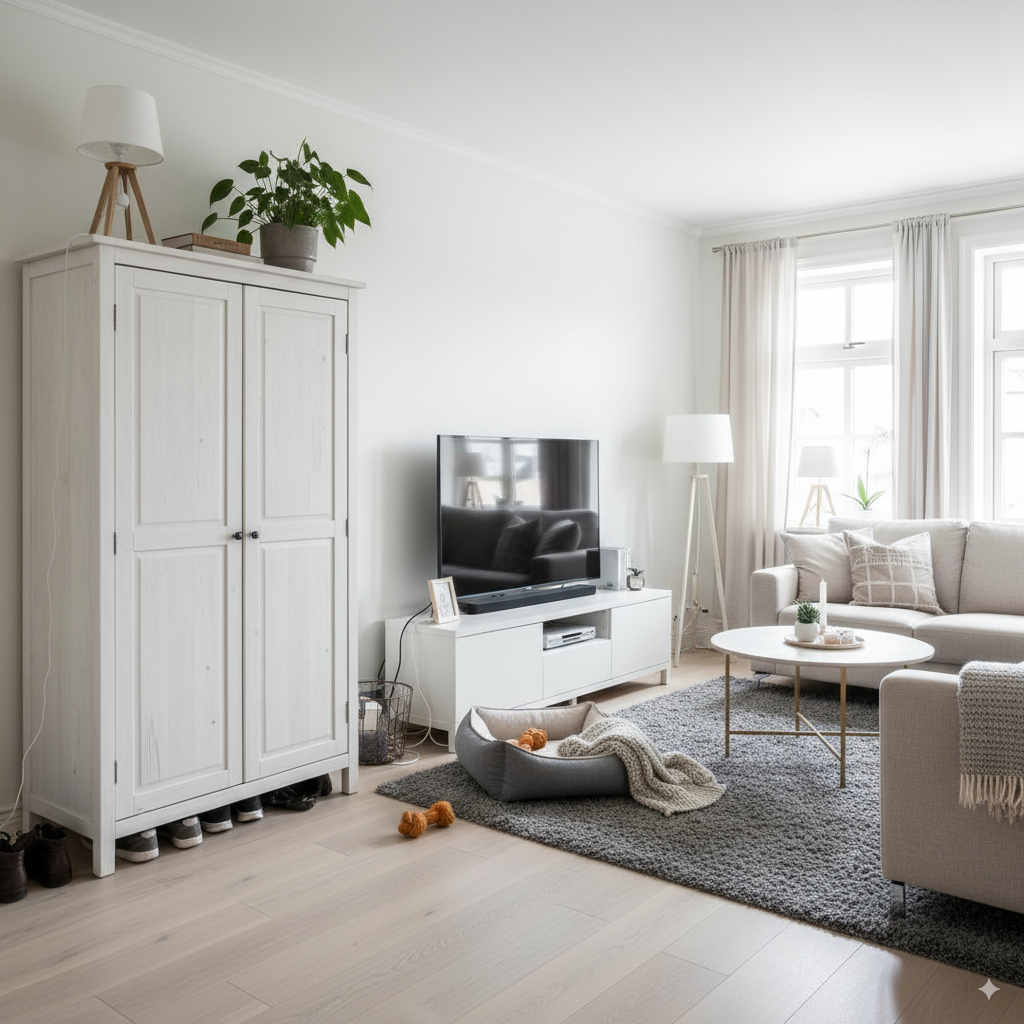
Step 5: Consult a Professional for Anxiety or Medical Concerns
If your dog’s destructive chewing is severe, sudden, or accompanied by other signs of distress like intense vocalization or house soiling, it’s time to seek professional help.
- Veterinary Exam: Start with your veterinarian to rule out any underlying medical or dental problems.
- Professional Guidance: For issues like separation anxiety, a certified veterinary behaviourist or a certified professional dog trainer can provide a targeted treatment plan. This is the most effective path for complex cases of destructive chewing.
At-Home Checklist for Managing Destructive Chewing
| Action Item | Completed (✔) | Notes |
| Schedule a Vet Check-Up | Rule out dental pain or medical issues first. | |
| Dog-Proof Key Areas | Tidy away shoes, remotes, and cover electrical cords. | |
| Purchase 5-7 Safe Chew Toys | Include rubber, nylon, and puzzle/food-dispensing types. | |
| Implement a Toy Rotation System | Swap out 2-3 toys every few days to maintain interest. | |
| Increase Daily Physical Exercise | Add 15-30 minutes of active play (e.g., fetch, running). | |
| Add One Enrichment Activity Daily | Use a snuffle mat, puzzle feeder, or do a 5-min training session. | |
| Practice “Interrupt & Redirect” | Use a neutral sound and swap inappropriate items for a toy. | |
| Use Safe Confinement | Use a crate or dog-proof room when you cannot supervise. |
The Potential Cost of Destructive Chewing in Canada
Ignoring destructive chewing can be costly, both financially and in terms of your dog’s health. The expenses below are estimates and can vary significantly by location and clinic.
| Potential Expense | Estimated Cost Range (CAD) | Reason |
| Replacement of Household Items | $50 – $2,000+ | Cost to replace damaged shoes, furniture, drywall, etc. |
| Veterinary Emergency Exam | $150 – $300 | To assess if a dog has ingested a foreign object. |
| Foreign Body Removal Surgery | $2,500 – $8,000+ | Emergency surgery to remove an intestinal obstruction. |
| Veterinary Behaviourist Consult | $400 – $800 | For an initial assessment and behaviour modification plan. |
How We Researched This Article on Destructive Chewing
As a veterinarian, my primary commitment is to evidence-based medicine and transparent communication. This article was crafted by cross-referencing the most current, credible information on canine behaviour. Our foundation is built on peer-reviewed studies from journals like PLOS ONE and Applied Animal Behaviour Science, which explore the emotional and environmental drivers of chewing. We supplemented this with clinical guidelines from trusted veterinary sources, including the ASPCA and VCA Hospitals, to ensure our recommendations are both scientifically sound and practically useful for pet owners. Every key claim is hyperlinked directly to its primary source, allowing you to verify the information for yourself.
Frequently Asked Questions About Destructive Chewing
1. At what age do puppies stop destructive chewing?
Puppy chewing is most intense during teething, from about three to six months. Most dogs mature out of this phase by their first or second birthday, but only if they are taught appropriate chewing habits. Destructive chewing can persist into adulthood if not managed with training and enrichment.
2. Why is my dog’s destructive chewing suddenly getting worse?
A sudden increase in destructive chewing in an adult dog is a red flag. The most common reasons are an undiagnosed medical or dental issue causing pain, a recent change in the household causing stress (like a new schedule or moving), or new-onset separation anxiety. A veterinary visit is the essential first step.
3. What toys are best for a dog with destructive chewing habits?
The best toys are durable, safe, and engaging. Look for toys made from tough rubber or nylon designed for “power chewers.” Food-dispensing puzzle toys are excellent because they reward the dog for chewing the right item, providing both mental stimulation and a positive outlet for their energy.
4. Does punishing my dog stop destructive chewing?
No, punishing a dog for destructive chewing is not recommended. It rarely addresses the root cause (like anxiety or boredom) and can make the problem worse by creating fear and damaging your bond with your dog. Positive redirection is a much more effective and humane strategy.
Conclusion
That mangled shoe on the floor isn’t a sign of a “bad dog.” It’s a call for help. Destructive chewing is your dog’s way of coping with pain, boredom, or anxiety. By shifting your perspective from punishment to understanding, you can address the root cause of the behaviour. Through a combination of veterinary guidance, smart management, and positive enrichment, you can teach your dog what to chew, restoring peace to your home and strengthening the bond you both share.

